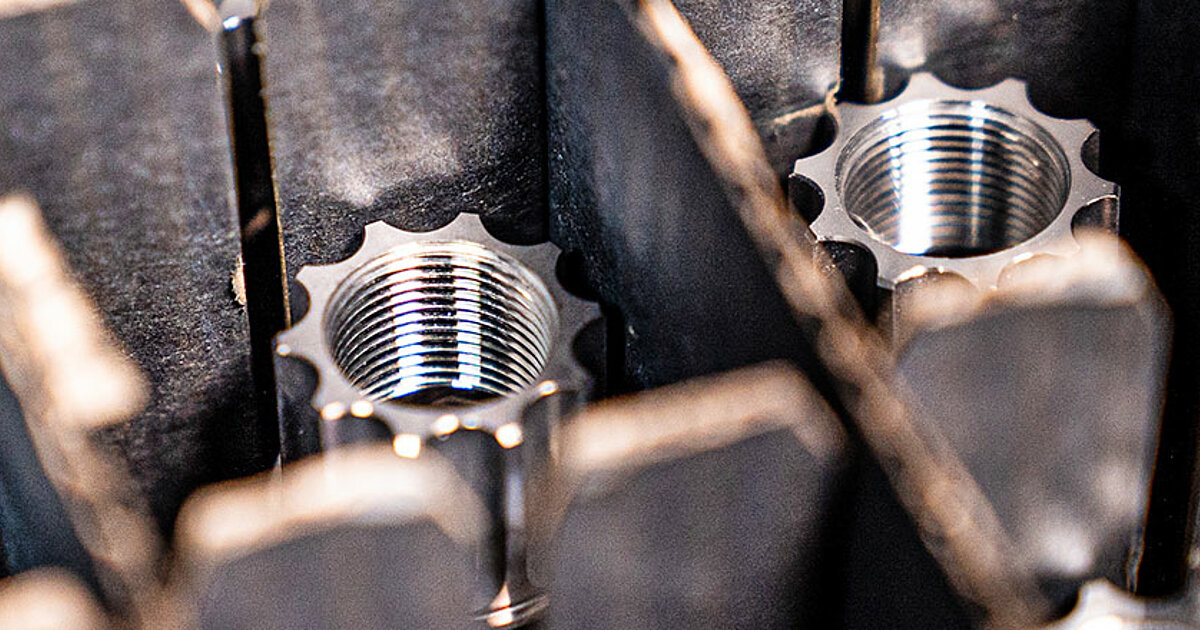Here's my experience with the Domane+ SLR 6. I got the Domane+ because Angina limits my medicated heart rate to 100 bpm, which corresponds to a sustained output to ~100 Watts. I can push to ~150W for up to a minute but have to stop to recover beyond that. That colors my experience.
Pedal response was deceptive. Initially I chose 'fast' for all three assist levels... who wouldn't want a good initial burst? But support dropped off just as fast if I relented on the pedals for a moment, and losing assistance on a 10% climb even briefly is quite unpleasant. So now my Pedal Response is set midway in Eco, and Gradual in Mid and High, making for much smoother transitions.
Battery (no expander) consumption has not been an issue thus far, though the rides have been admittedly flat: 75 miles (45 assisted), 2600' climbing showed 25% remaining at end; 57 miles (39 assisted), 1500', 40% remaining; similar 57 miles (26 assisted), 1600', 65% remaining. On two punchier rides: 25 mile (23 assisted), 1750', 55% remaining; 30 miles (all 30 assisted), 1850', 40% remaining. I find the battery percentage to be a fairly reliable guide but got rid the fluctuating 'miles remaining' metric as practically useless.
I'm still playing around with the assist levels. My limited sustainable 100W of input constrains overall usefulness. I can't tap into the motor's maximum 300W of assistance because 200% max x 100W input = 200W assist. 150W of input is needed to get the full benefit on a steady 10+ climb, and I can't keep that up for more than a minute. My latest setting is Eco 100W / 100%, Mid 200W /200%, High 300W / 200% (to take advantage of the few 150W bursts I can produce on short steep climbs). The best fix for me would be a software tweak to allow 300% of assist, to tap into all of the motor's 300W of output at 100W. I've reached out to Trek and TQ on that... not holding my breath.
To summarize my overall experience with the Domane+ so far: it lets me do things I could do on my own 5+ years ago, with a bit less sense of accomplishment, but with more gusto. Having the most fun in Eco mode, with pedals spinning almost effortlessly, as with a good tailwind on gentle inclines and into headwinds.
ower. Way off. I have been riding with power meters for the past 10 years and this one is not even close. I rely extensively on the Creo power readings to track my effort….the numbers feel a little inflated but at least they’re consistent. Perhaps there was something amiss with the factory calibration on the unit I rode. If not, I’d need a set of Rally pedals for accurate measurement.

